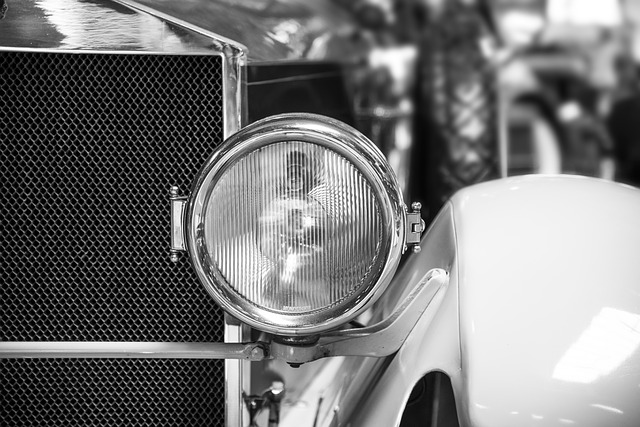
Spain is the world’s eighth largest producer of automobiles and its car market stands among the largest in Europe. However, this has not always been the case; in the first half of the 20th century, Spain’s economy was relatively underdeveloped compared to other western European countries and had a limited automobile market. In this period there was only limited car production and only a few low volume local manufacturers catering mainly to the luxury end of the market, of which Hispano-Suiza was the most successful. Spain’s limited market for mass-produced vehicles was taken over by foreign companies operating through subsidiaries that either imported cars or assembled cars from imported parts, depriving the country of the technological know-how and large investments needed for mass production. The situation greatly deteriorated with the Spanish Civil War of 1936 to 1939. Car demand collapsed, not only due to the greatly reduced purchasing power of Spaniards caused by war devastation but also because the multinational subsidiaries either ceased operations or were severely stricken by the war and its aftermath.
Seat History
The construction works for SEAT’s Zona Franca plant began on 1950 and the opening day came three years later on June 5, 1953, while in the meantime since 1951 the Spanish marque was starting preparations for setting up almost from scratch an entire supplier industry background. The first car in the marque’s history to be produced was a SEAT 1400 model that came off the production line on November 13, 1953 with licence plate ‘B-87.223’. In the following few months the plant’s production output and workforce would significally increase together with the implementation of locally made components in the production process, in order to limit imports from one part and from another part to push to the development of the almost non-existent Spanish supplier industry and meet SEAT’s assigned key role as the national car maker in restoring the Spanish economy of the post World War II Spain. By 1954 the use of Spanish-made parts had risen to 93% of the total and next year on May 5, 1955 the factory was officially opened. Nevertheless, the impact to the Spanish society could not be seen clear immediately, since the first model launched by SEAT was considered a luxury car therefore it was highly priced and still not affordable to the average Spanish consumer. Consequently, SEAT needed a second more economical model to compete against simpler inexpensive designs that appeared in the local market, like the Biscúter, which seemed to suit better to the unwealthy customers looking for a personal mean of transport in a suffering economic environment.
Remember that before you buy, check the history of the vehicle. You do this by typing the VIN Number Seat below:
Source: wikipedia.org


 EN
EN  PL
PL  RU
RU  DE
DE  HU
HU  EE
EE  LV
LV  RO
RO  SI
SI  CZ
CZ  LT
LT 